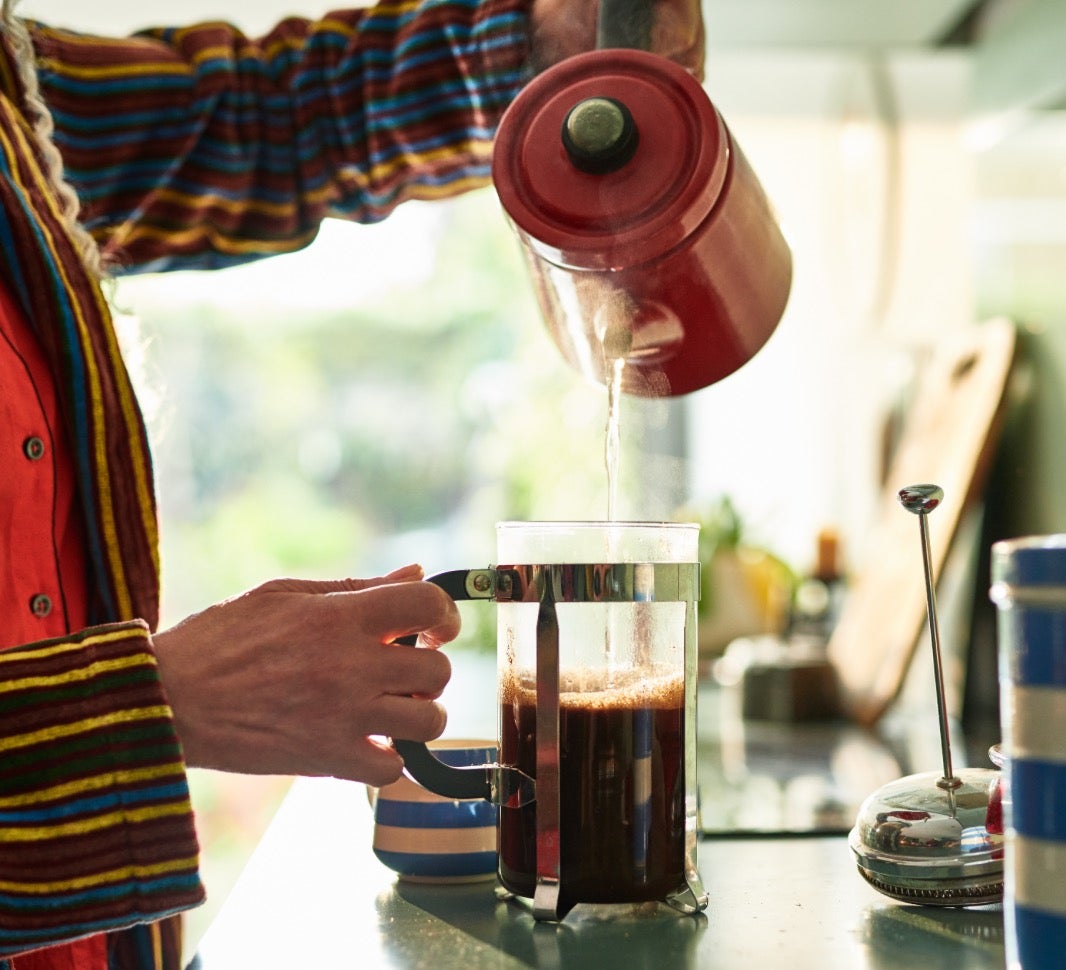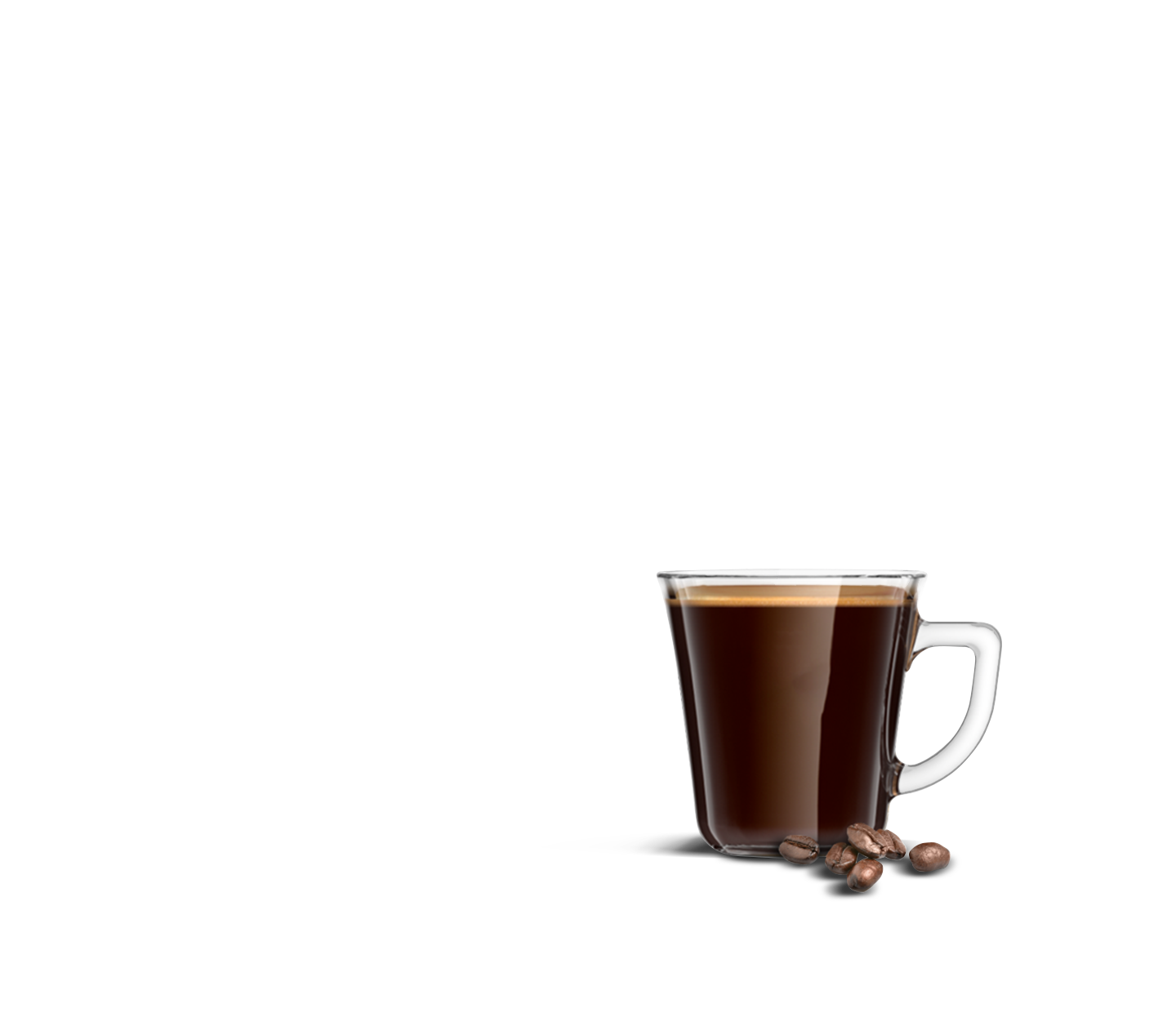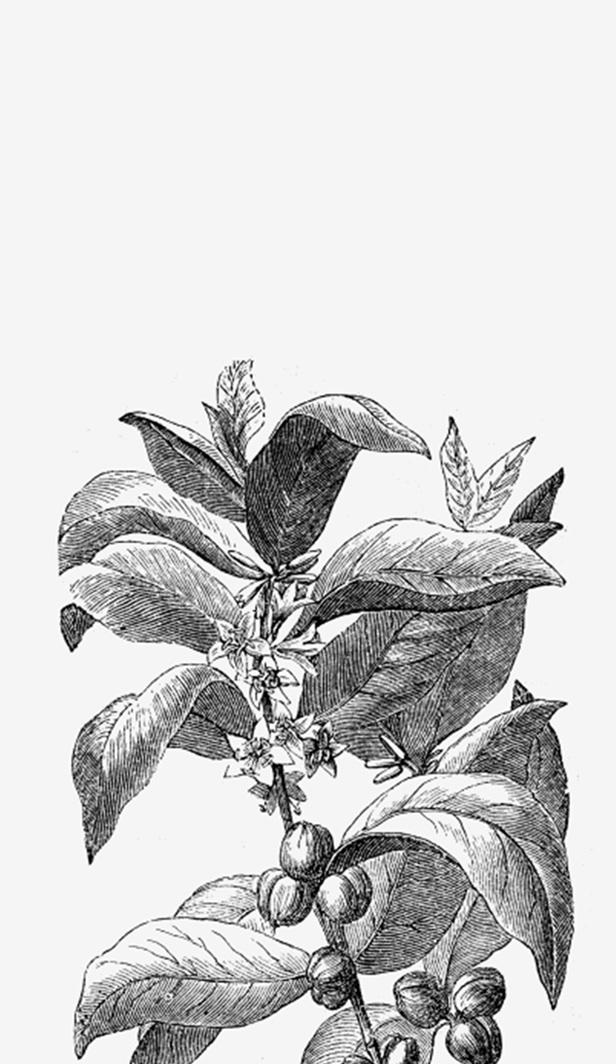Simply delicious
An americano is simply just hot water and espresso. It’ll either be served 1/2 and 1/2 or 1/3 espresso to 2/3 water, depending on the coffee shop in question or how you’ve chosen to brew it. There is debate about which should be added first, but in the case of the americano, espresso should always be added first as the crema mixes in and creates a more mellow, even taste.

Americano origins
The americano originated during World War II. Interestingly, American soldiers stationed in Italy didn’t care for the very strong espresso that was favoured in the country, therefore they tried to recreate their beloved drip coffee from back home by adding water to the espresso shot. The result? The americano that we know and love today. Did you know that the americano also used to be iced? The process was the same, but cold water was used instead and ice cubes were added for good measure.

An americano is just water and espresso. Simply that, nothing more.

Differences between an americano coffee and drip coffee

Americano vs long black - what's the difference?
This debate has caused many arguments over the years, with some claiming that there’s absolutely no difference. However, the long black that’s widely appreciated in New Zealand and Australia possesses a much stronger flavour than the americano. When the espresso shot is added to the water it results in less dilution for the espresso, creating a strong coffee with a layer of crema on top.

Today’s community favourites
Discover some of the most enjoyed articles from across the site




